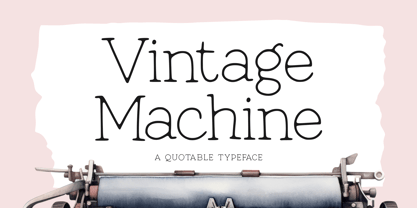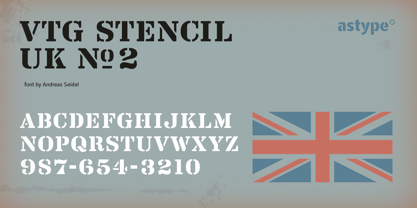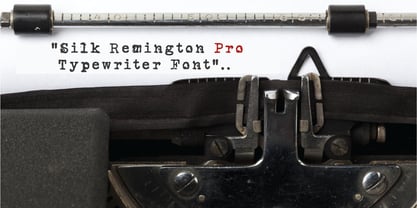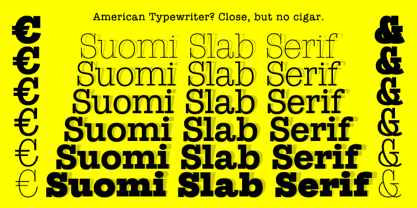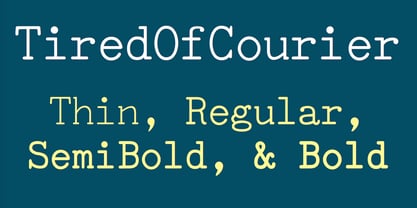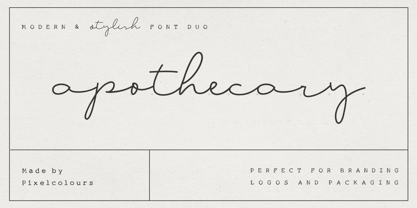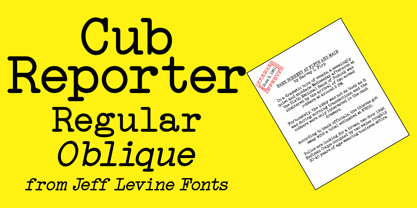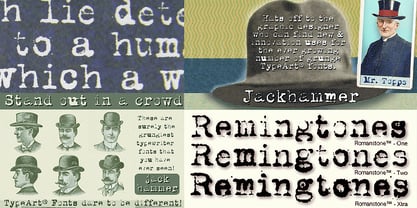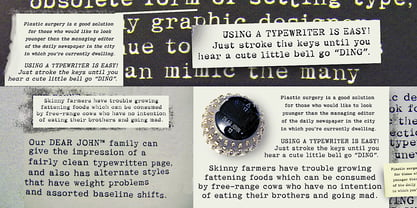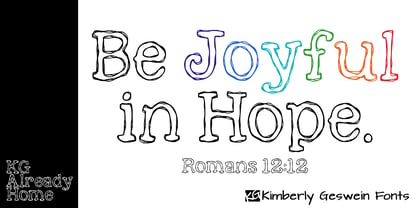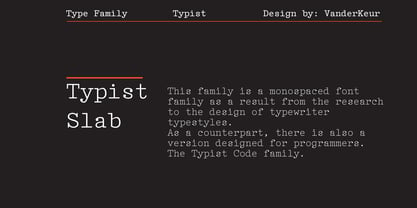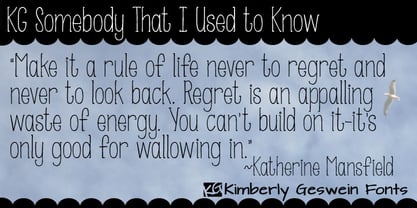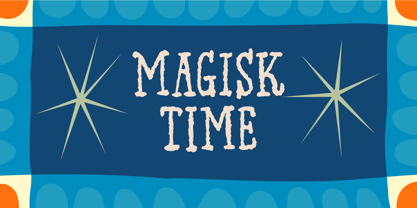460 search results
(0.014 seconds)
- The X-Files - Personal use only
- Lekton04 - Personal use only
- Impact Label - 100% free
- bulkyRefuse Type - Unknown license
- Sears Tower - 100% free
- 1942 report - Unknown license
- Fucked Olympia J - Unknown license
- SmallTypeWriting-Medium - 100% free
- Gripewriter by Elemeno,
$20.00 - Octin Vintage Free - 100% free
- My Underwood - 100% free
- Vintage Machine by Balpirick,
$15.00 - Vtg Stencil UK No. 2 by astype,
$29.00 - TypeWritersSubstitute-Black - 100% free
- SmallTypeWriting - 100% free
- TypewriterScribbled - 100% free
- Silk Remington Pro by Jadugar Design Studio,
$19.00 - Suomi Slab Serif by Suomi,
$19.00 - TiredOfCourier by Ingrimayne Type,
$14.95 - Courier Now - Unknown license
- LD Remington Portable by Illustration Ink,
$3.00 - Click Clack by Fonthead Design,
$15.00 - Apothecary by Pixel Colours,
$26.00 - Linotype Typo American by Linotype,
$29.99 - Keystoned by TypeArt Foundry,
$45.00 - Cub Reporter JNL by Jeff Levine,
$29.00 - KG Wake Me Up by Kimberly Geswein,
$5.00 - Speedwriter - Personal use only
- ChickClicks - Unknown license
- Romanstone by TypeArt Foundry,
$45.00 - Dear John by TypeArt Foundry,
$45.00 - Writing Machine by TypeArt Foundry,
$45.00 - KG Already Home by Kimberly Geswein,
$5.00 - Remix by Intellecta Design,
$20.00 - Typist Slab Mono by VanderKeur,
$25.00 - Typist Code Mono by VanderKeur,
$25.00 - KG Somebody That I Used To Know by Kimberly Geswein,
$5.00 - Magisk Time by Bogstav,
$11.00 - Selectric by Indian Summer Studio,
$55.00 - Olympia by Linotype,
$29.99










